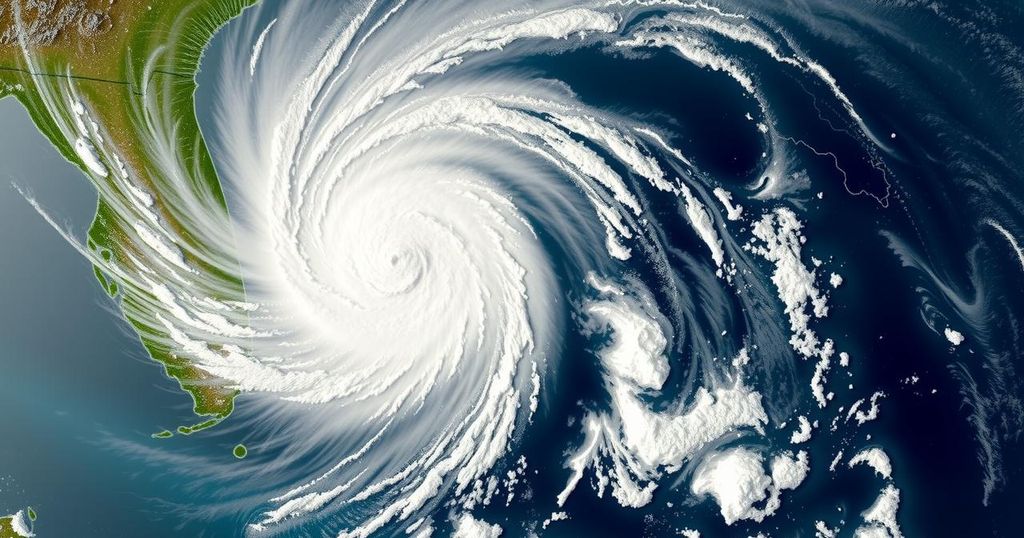Cyclone Chido Hits Mayotte: Insights from Satellite Imagery
European weather satellites captured significant images of Cyclone Chido impacting Mayotte, highlighting the risks associated with such storms in vulnerable areas.
Satellite imagery captured by European weather satellites recently showcased Cyclone Chido as it made landfall on the French island of Mayotte, situated in the Indian Ocean. The visual documentation indicates that the cyclone inflicted significant meteorological impacts on the region. As it progressed, the storm displayed characteristics typical of tropical cyclones, including high winds and intense rainfall, amplifying concerns over potential damage and disruptions to local infrastructure and communities.
Cyclones are severe weather phenomena that often lead to widespread destruction due to their high winds and heavy precipitation. Mayotte, an overseas department of France, is particularly vulnerable to such weather events given its geographical location in the Indian Ocean, where tropical storms and cyclones frequently develop. Monitoring tools, such as satellite imagery, are crucial for tracking the progression of these storms and facilitating necessary emergency preparations to safeguard the residents of affected areas.
In summary, the passage of Cyclone Chido over Mayotte has been meticulously documented through satellite imagery, revealing the substantial impact such weather events can have on vulnerable regions. This occurrence underscores the importance of ongoing monitoring and preparedness in facing the challenges posed by natural disasters in the Indian Ocean.
Original Source: apnews.com




Post Comment